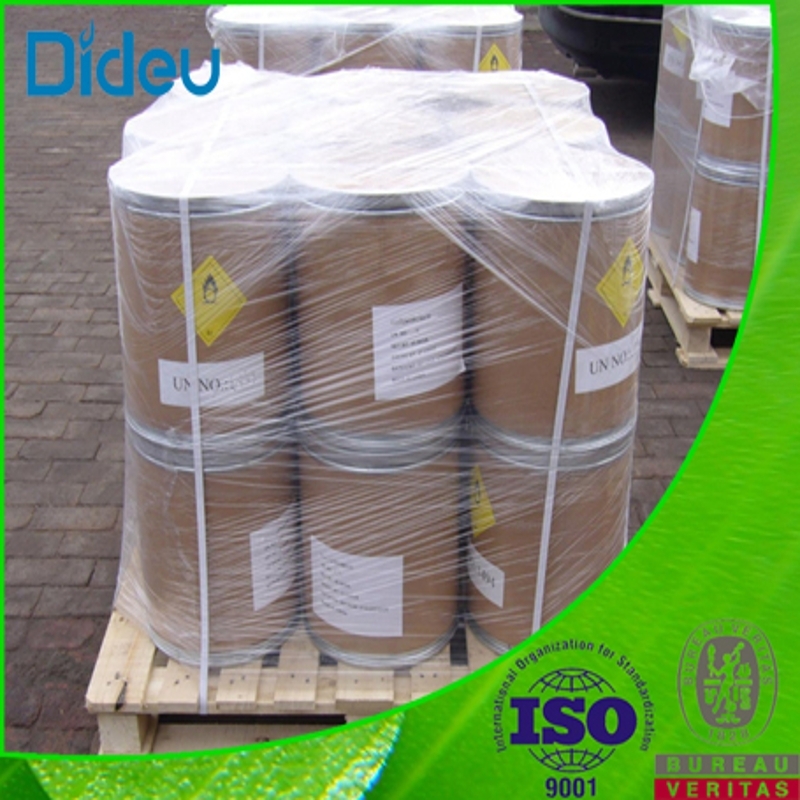-
Categories
-
Pharmaceutical Intermediates
-
Active Pharmaceutical Ingredients
-
Food Additives
- Industrial Coatings
- Agrochemicals
- Dyes and Pigments
- Surfactant
- Flavors and Fragrances
- Chemical Reagents
- Catalyst and Auxiliary
- Natural Products
- Inorganic Chemistry
-
Organic Chemistry
-
Biochemical Engineering
- Analytical Chemistry
-
Cosmetic Ingredient
- Water Treatment Chemical
-
Pharmaceutical Intermediates
Promotion
ECHEMI Mall
Wholesale
Weekly Price
Exhibition
News
-
Trade Service
Diabetic nephropathy (DN) has long been the main cause of end-stage renal disease (ESKD) glycosylated hemoglobin (HbA1c) targeting in patients with chronic kidney disease (CKD) and type 2 diabetes.
Few studies have explored the prognostic role of longitudinal trajectories of HbA1c levels in patients with type 2 diabetes and CKD; Tight glycaemic control has the potential to improve all-cause mortality, cardiovascular death, and CKD progression, but stronger evidence is needed to verify whether strict glycaemic control can alter the course of disease in people with type 2 diabetes and CKD.
To assess whether baseline HbA1c levels and HbA1c trajectories correlate with end-stage renal disease (ESKD) risk and all-cause mortality, the investigators recruited adult patients
with CKD and type 2 diabetes from 2003 to 2017 in the "Pre-ESKD Program" of a medical center in Taiwan.
。
Methods: Group-based trajectory modeling was performed to identify different patient groups containing patients with similar longitudinal HbA1c patterns (Figure 1).
The Cox proportional hazards model was used to assess the risk ratio (HR)
for ESKD and mortality associated with baseline HbA1c levels and HbA1c trajectories.
Analysis of results:
Baseline HbA1c analysis showed a total of 9888 people year and 19253 people At follow-up, there were 2053 ESKD events and 1698 deaths
, respectively.
The incidence of HRand all-cause mortality with ESKD is shown
in Table 2.
In the unadjusted model, there was a modest negative correlation between baseline HbA1c classification and ESKD risk (trend P=0.
028); HbA1c levels at baseline HbA1c levels of 7–9% (53–75 mmol/mol) and >9% (>75 mmol/mol) HR (95% CI) and <7% (53 mmol/mov) were 0.
92 (0.
83–1.
01) and 0.
87 (0.
76–1.
002), respectively.
In model 3, the dose-response curve between baseline HbA1c levels and all-cause mortality risk was monotonically (P=0.
02), but no such relationship occurred between baseline HbAlc and ESKD risk (Figure 3).
An exploratory subgroup analysis showed a consistent correlation between baseline HbA1c levels and the risk of all-cause mortality in a subgroup of patients stratified according to preselected variables (Figure 4).
Analysis of the HbA1c trajectory shows: in total 8116 people and 12,745 people At follow-up, there were 1157 ESKD events and 799 deaths
, respectively.
No significant association was found between the glycosylated hemoglobin trace class and the risk of developing ESKD in the unadjusted model or in any adjusted model (Table 2).
In model 3, the adjusted HR (95% CI) progression to ESKD in the "moderate to stable" HbA1c group was 1.
03 (0.
92–1.
16) and the "poor control" group was 1.
13 (0.
94–1.
35) compared to the "near-optimal" group (Table 2).
However, glycosylated hemoglobin trace types are associated
with all-cause mortality.
In model 3, mortality was 35% higher in the "poor control" group (6%-71%) than in the "near optimal" group (Table 2).
Figure 1 HbA1c trajectory, group-based trajectory modeling
according to the three-trajectory solution.
Table 2 Risk ratios for progression to end-stage renal disease (ESKD) and all-cause mortality associated with baseline HbA1c and HbA1c trace groups (95% confidence interval).
Fig.
3 Dose-response plot
of baseline HbA1c and (A) progression to end-stage renal disease and (B) adjusted risk ratio for all-cause mortality (%) based on baseline HbA1c.
The solid line represents the risk ratio adjusted for restrictive cubic splines based on baseline HbA1c, with nodes in the 10th, 50th, and 90th
percentiles.
The shaded areas represent the upper and lower bounds
of the 95% confidence interval.
The reference value is set at the 10th percentile of
the HbA1c level.
The adjusted variables are the same
as those shown in Model 3 in Table 2.
Missing values are imputed by multiple imputation
.
Fig.
4 Subgroup analysis
of all-cause mortality hazard ratios (95% confidence interval) associated with baseline HbA1c group.
Body mass index: body mass index, CKD: chronic kidney disease, CVD: cardiovascular disease
Conclusions: In analyses associated with baseline HbA1c (n=4543), all-cause mortality adjusted HRs in patients with HbA1c levels < 7% to 9% (53-75 mmol/mole) and >9% (>75 mmol/mols) compared with patients with HbA1c levels 7% (<53 mmol/mol) [95% confidence interval (CI)] 1.
06 (0.
95 to 1.
18) and 1.
25 (95% confidence interval 1.
07 to 1.
46),
respectively.
In the trajectory analysis (n=2692), three different longitudinal trajectories of HbA1c were found: near optimal (55.
9%), moderate to stable (34.
2%), and poorly controlled (9.
9%)
.
There was no significant increase in mortality in the 'moderate to stable' group compared with the 'near optimal' HbA1c trajectory group, but 35% higher in the 'poorly controlled' group (adjusted HR = 1.
35, 95% CI = 1.
06 to 1.
71).
Neither the baseline level nor the trajectory of HbA1c were associated with
ESKD risk.
Overall, in patients with CKD and type 2 diabetes, poor glycemic control was associated with increased mortality, but not
with the risk of progression to ESKD.
Citations
Chen SJ, Chiang HY, Chen PS, et al.
Association of poorly controlled HbA1c with increased risk of progression to end-stage kidney disease and all-cause mortality in patients with diabetes and chronic kidney disease.
PLoS One 2022; 17(9)







